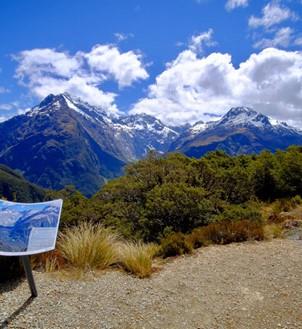Choosing a synthetic or wool baselayer
We’ve blogged about how and why a good baselayers is an essential item of walking and cycling gear. This is because they help to keep you warm and dry. Read the Benefits of a Baselayer for Walkers and Cyclists. But with so many different baselayers on the market how do you choose the right one for you?
The two main types of baselayer fabrics include synthetic and wool (usually Merino). A potential third fabric is silk. Here we talk about the advantages and disadvantages of each.
Baselayers made of synthetic fabrics
Synthetic baselayers are usually made of polyester or polyester blends. Some blends include high percentages of nylon, or include a little spandex or elastin. Good points:- Polyester is a light fabric that is also hard wearing. Nylon held to make the baselayers more robust.
- Usually soft-feel, so it feels great against the skin
- Easy to wear, especially if elastin or spandex has been added for extra stretch and give.
- The product offers fairly good body temperature control, in both cold and hot climates.
- Great wicking. That is, a good capacity for allowing perspiration to evaporate from the skin.
- Easy to care for. Just pop in the wash and hang out to dry. It dries quickly and needs no ironing.
- On average the price of synthetic baselayers is much lower than wool or silk.
- Synthetics can become a bit pongy if you wear them for a full day or activity or on multi-days. The older the baselayer becomes the quicker it is to smell, especially in the armpits.
- Many are made from a petroleum-based fibre, which environmentalists say is unsustainable.
Baselayers made of wool
This is almost always Merino wool. While general wool would be harsh against the skin, Merino wool is superfine and can be tolerated by most people when worn as a baselayer. Good points:- Merino wool is soft, fine and lightweight.
- The natural product offers excellent body temperature control, in cold and hot climates.
- Very little and often no whiff even after many days of wear.
- Machine-washable.
- Mostly wrinkle-resistant
- The natural fibre is generally welcomed by environmentalists
- Merino wool is pretty good at allowing sweat to evaporate from the skin but not as efficient as synthetics.
- Slower to dry when washed or wringing with sweat.
- Can have a tendency to shrink in the wash.
- Some people find that even fine Merino wool can be itchy against the skin. (We suggest washing baselayers a few times before wearing)
- Merino wool baselayers are usually a lot more expensive than synthetic baslayer prices, but this varies across brands.
Baselayers made of silk
Silk baselayers are usually chemically treated or modified to enhance wicking ability. Good points:- Exceptionally soft against the skin
- If treated, it has good wicking.
- Thin and lightweight.
- Excellent as an additional baselayer under other baselayer fabrics.
- Natural fibre.
- Quick-drying.
- Usually expensive.
- Can require hand-washing or delicate washing care.
- Not so hard wearing and can stretch and pull.
Choosing the right baselayer fabric weight
Microweight: This is the best category of baselayer for mild to cool conditions. Lightweight: Cool to quite cold conditions. Midweight: Quite cold to cold conditions. Heavyweight: Cold, very cold or windy conditions. The alternative to buying one heavier weight baselayer is to wear two lighter weight baselayers. This offers extra flexibility if you become warmer while walking or cycling.Baselayer fit
Here are a few important tips to buying a baselayer:- A baselayer should fit neatly.
- Look for female and male specific fits.
- Ensure the arm and body length will eliminate gaps where the skin might be vulnerable to the cold air and wind.
- A neck zip can be useful for controlling your body temperature
- A higher collar is good for colder conditions, so as to keep your neck warm
- If you have sensitive skin choose baselayers that have less seams
- Colour won't affect performance but with a wide choice available choose one that you love!

Written by
FionaOutdoors











 Australia
Australia New Zealand
New Zealand South Africa
South Africa European Union
European Union